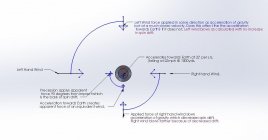I was reading David Tubb's reticle spec sheet where he describes dissimilar wind drift......left wind having less effect than right wind in a right twist barrel. Bryan, have you done any testing to validate this? Tubb says he has done careful testing and verified this effect.
Thanks,
scott
Thanks,
scott











